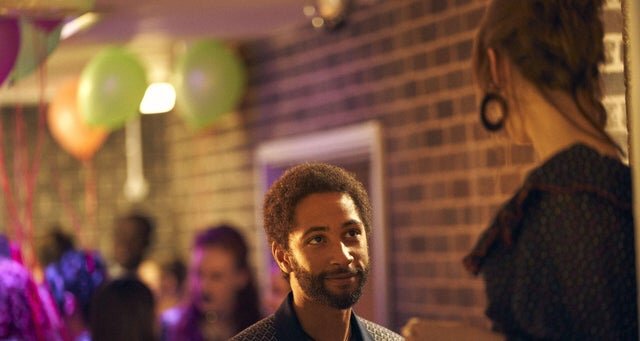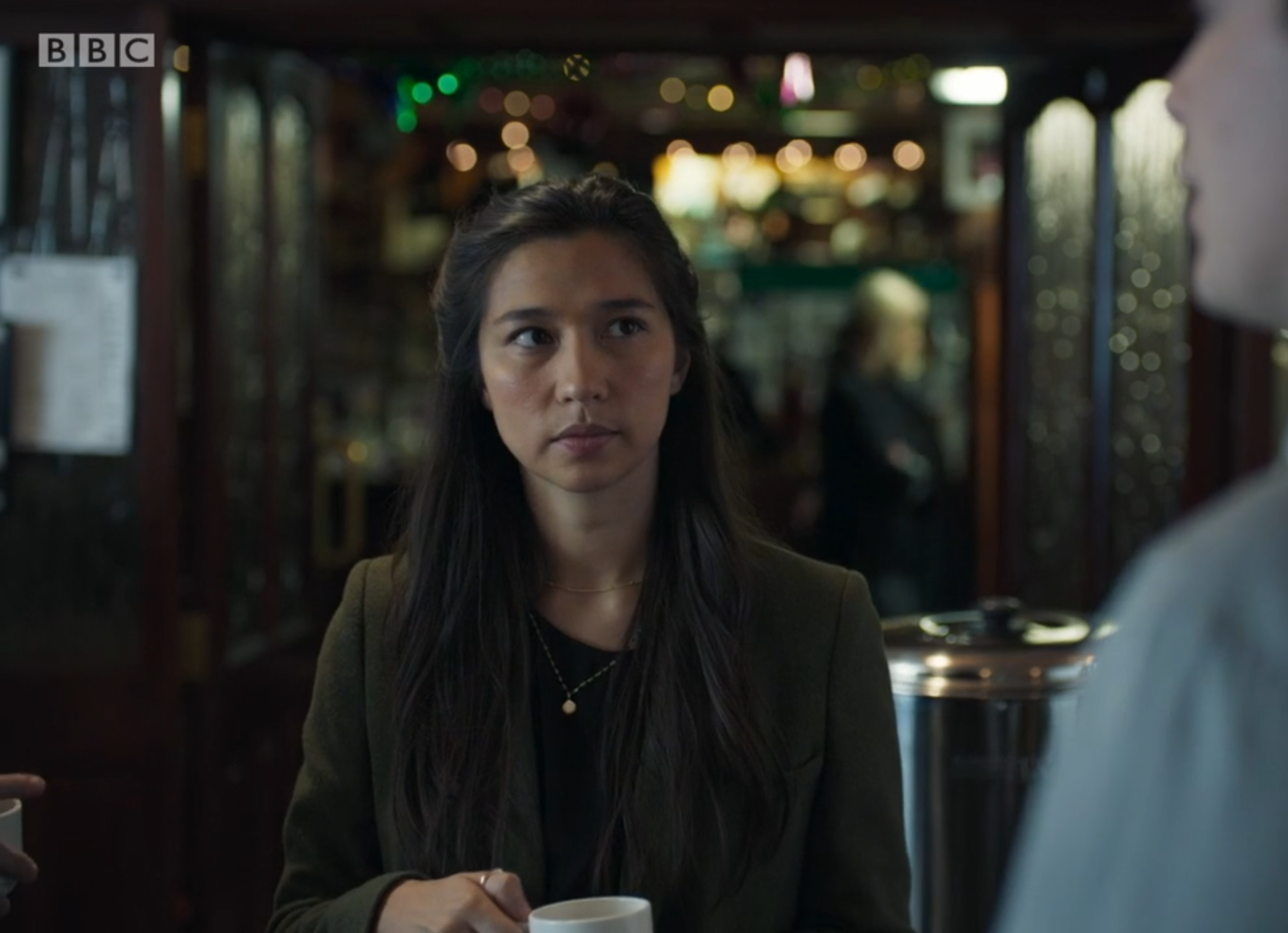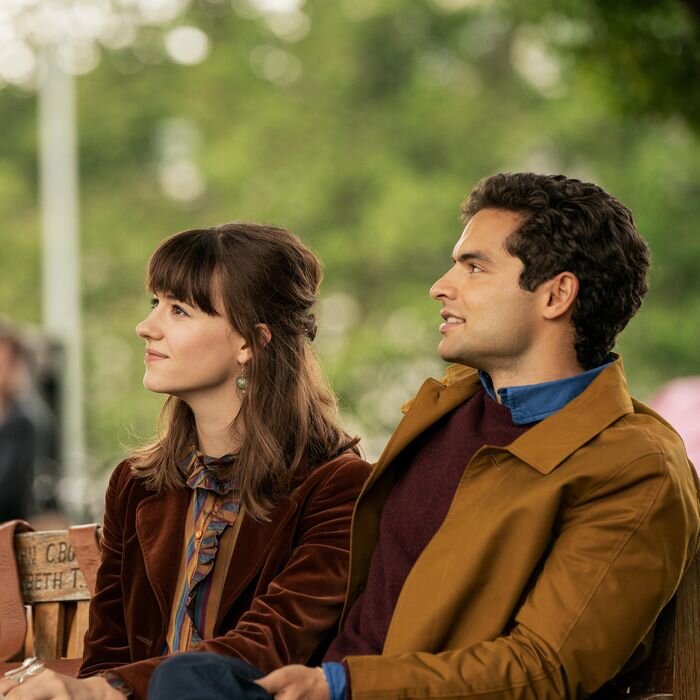Who Are The 'Normal People' in Normal People?
Graphic by Maya Swift (@mayaisabelaswift)
“You know I did use to think I could read your mind at times.”
“In bed, you mean?”
“Yeah. And afterwards, but…I don’t know, maybe that’s normal.”
“It’s not.”
(‘Normal People’, S01E04)
‘Normal People’ follows the lives of Marianne and Connell as their souls are interwoven over the span of a few years; their highs, their lows, their troubles, their heartbreaks, it takes us through it all. They’re polar opposites as teenagers; Marianne is the upper-class friendless loner and Connell is the working-class popular boy, surrounded by friends. Their very first conversation is fraught with tension and chemistry and through them, the show presents a depiction of young love that treats young people with respect; aware of the permanent scars first love can leave on people’s psyche.
Marianne and Connell are two people on their own separate trains to self-destruction. Marianne lives in a cold mansion with her detached mother and abusive brother convincing her that she is unlovable. Connell finds it difficult to connect with people and is victim to his anxiety and social standing. Audiences can find shades of themselves within the characters; Marianne’s belief that she is fundamentally unlovable, Connell’s inability to stop pretending long enough to let someone in. But their final scene in which Marianne convinces Connell to go to New York, is a powerful one. They don’t need each other to ensure their survival, they’ve already given each other the tools they need to help themselves. Connell is no longer afraid of letting himself be seen and Marianne knows that she is loved and therefore lovable. Somehow, through their love for each other, they both end up okay. Maybe not together but okay, moving away from the co-dependent love stories that we’ve been fed in the media.
Image from Tatler - BBC / ELEMENT PICTURES / HULU
The show handles intimacy in a way that I haven’t seen before. Not just the sex, although the realism of those scenes really grounded the story. But the camera gets us too close to the lovers, we are privy to their every emotion; the way they laugh together, their shared eye contact, their conversations. The unwavering focus on these two characters screams tenderness, never cutting away to someone else’s perspective or even making an effort to understand other characters gets us uncomfortably familiar with both and their inner selves. I just wish it wasn’t to the detriment of the show’s people of colour.
When I first wrote this article, I was viewing this show through rose-tinted glasses, but after reading an article by Maz Do for gal-dem, the treatment of the characters of colour within the show was difficult to ignore. At first, I was hesitant to watch ‘Normal People’, thinking it was a generic white love story that would not appeal to me. And its whiteness is astoundingly obvious at times. Gareth, Lukas and Helen are not likeable. Gareth (Sebastian de Souza), Marianne’s first boyfriend we see in her college years, is pretentious and obnoxious, the epitome of the stereotypical English student (there’s always one in your class). Lukas, who was a white character in the books, is portrayed by Zimbabwean actor Lancelot Ncube. He is Marianne’s Swedish boyfriend, who engages in awful BDSM etiquette with her, turning the audience against him. This is a careless perpetuation of the stereotypes of aggressive black men as sexual threats to white women. This stereotype, which emerged in the aftermath of the Reconstruction Era of America, was the excuse for the torture and lynching of black men for years after and so, to see it maintained in 2020 is disheartening, to say the least.
Image 1 from: Newsletter.co.uk / Image 2 from: Goss.ie / Image 3 from: Vulture
And finally, Helen (Aoife Hinds), Connell’s first college girlfriend, while not really malicious, is jealous of Connell’s and Marianne’s relationship to unrealistic extremes, painting her as quite the irritant (no one would get jealous at a funeral, come on). Connell’s lack of engagement with her is meant to show that he only has that deep connection with Marianne, however, his lack of interest in Helen has a racist undertone when considering Asian stereotypes. She is portrayed as undesirable and bland, to be looked over and not seen as someone romantic. Asian women in media are either hypersexualised or completely desexualised, there is no in-between.
Whether these casting choices were intentional or not, anyone who studies film or TV knows that authorial intent has limited influence on how the audience perceives the media. It’s not really a new phenomenon, making characters of colours into stereotypes. When the prominent members of the creative team are exclusively white, they can never really understand how to write realistic characters of colour. This needs to change in the media; by employing more BAME creatives, and by white screenwriters educating themselves and becoming more self-aware in what they’re actually saying when it comes to their characters of colour. The casting directors should’ve taken more careful consideration into these choices as, while they are all wonderful actors (watch Sebastian de Souza in The Great, please), the show turns its audience against its people of colour.
By Amandeep Paul (@xx.amandeep)
(she/her)
Edited by Halima Jibril
Graphic by Maya Swift





